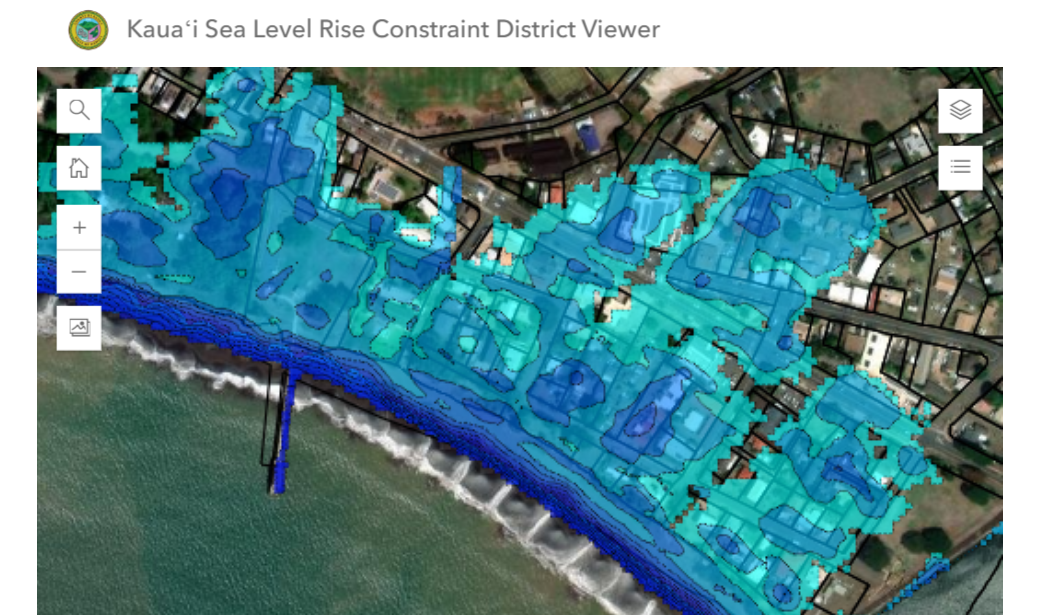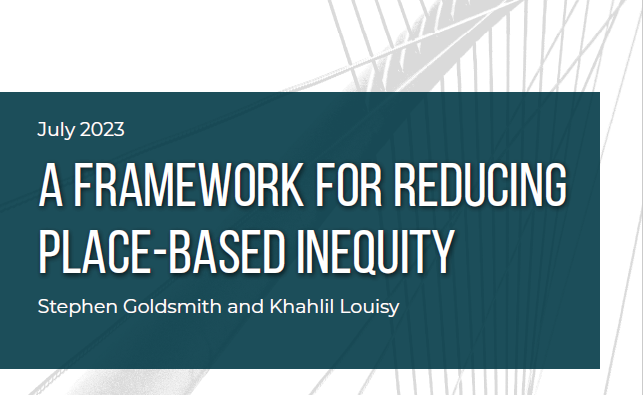- July 29, 2013
- GIS
I recently had the opportunity to attend the annual Esri user conference: thousands of GIS professionals in attendance in San Diego coming from every field where GIS tools are making an impact and transforming the way we see, process, and analyze information. State and local government workers were of course among attendance, those using GIS technologies to support their communities’ services, infrastructure, and health in ways novel or simply time- and money-saving. However, each session or meeting held specifically for this group contributed to a less rosy picture. The barriers to using GIS to inform city and municipal governance are many, and in many cases the challenges aren’t technological and can’t be worked out by engineers and eliminated with a software upgrade. Rather, they run deeper, requiring solutions to more complicated issues first, like those concerning governmental organizational culture, budgeting logic, and inadequate or difficult-to-use original data sets.
Seemingly simple matters like standardizing addresses for use in a universal database, a basic building block of a GIS-enabled city, can take years. Challenges include irregularities, details that may require ordinances through city councils and requisite public hearings, and simply the degree of coordination required to get separate departments’ work and assets aligned. Government of course needs innovation, and GIS-enabled technologies can definitely supply a rather helpful resource and tool for that innovation. However, the nitty-gritty of turning a messy, analog world into a regularized digitized collection of data is a substantial barrier, especially when one is working in smaller cities and municipalities that may not have the resources - either IT or managerial - to push this process forward, leaving it up to the city’s GIS professionals to carry the project to fruition.
The nitty-gritty of turning a messy, analog world into a regularized digitized collection of data is a substantial barrier, especially when one is working in smaller cities and municipalities.
The position of the GIS analyst within local government structures also appeared highly variable, and often times problematic: an addendum to the city’s staff whose exact place within the organizational structure hadn’t been considered, leaving GIS resources understaffed, underinvested, or underutilized. One of the strengths of GIS is it can help different departments work more cooperatively, allowing a government to better understand its functions as a whole rather than a sum of its parts. But this advantage also makes it more difficult to properly fund and staff a GIS department when it comes time to budget for it. This often requires proof of its value-add, something that can get easily lost when buried deep in a bureaucracy and sitting between rather than within departments.
For most GIS analysts, work is always a bottom-up push: to get departments to share data, to get others to understand the capabilities and value of GIS, to make it part of the normal way government goes about its business. Time and time again representatives from various governments remarked that the problem boiled down to the fact that their peers simply “don’t know what they don’t know.” Essentially, the ignorance of many governments’ officials regarding GIS’s capabilities is self-perpetuating. A lack of knowledge keeps government workers from taking advantage of GIS, and without a history of success, interest in engaging with GIS technologies can’t grow. Even if housed within an IT department, GIS is often relegated to a supplemental role with little agency, and thus has fewer chances to prove its effectiveness and need for more investment.
GIS isn’t really about mapping. It’s about creating, storing, analyzing, and sharing information in more powerful and efficient ways. It’s capable of massively transforming every area in which the government works.
The key then, perhaps, is revisiting the role GIS is playing in one’s government by looking at where its staff sits within the larger organization. Mayor Nutter of Philadelphia shifted his City’s GIS analysts under his Chief Innovation Officer - a sensible approach that appreciates the interdepartmental usefulness of GIS, while bringing it closer to top layers government leadership. This means GIS can be included from the ground-up on new initiatives or incorporated into existing programs, facilitating efficiency, reliability, and novelty. Others wondered if GIS could be shifted into their budgeting department, bringing it closer to the money and perhaps tying it to the processes oversight that department leads.
Others have found success by always ensuring their efforts are being translated for the layman, in other words for the elected official. Never assume any technicality is simple enough that it is understood, especially when an embarrassed official may feign understanding but then simply not utilize GIS, having no real idea as to its usage or capabilities. A three-letter acronym that is associated with maps, a number of GIS analysts murmured in agreement when another expressed frustration that many in their government still thought GIS meant GPS. With no conception of what GIS can do, or even what it means, the likelihood of a top-down push from an official with power if not the technical know-how because next-to-impossible. Translation is key to obtaining this necessary buy-in.
GIS isn’t really about mapping. It’s about creating, storing, analyzing, and sharing information in more powerful and efficient ways. It’s capable of massively transforming every area in which the government works. But that can only happen if we can get that top-down push to make GIS the integral tool in the business of doing government that it is quite capable of being.





